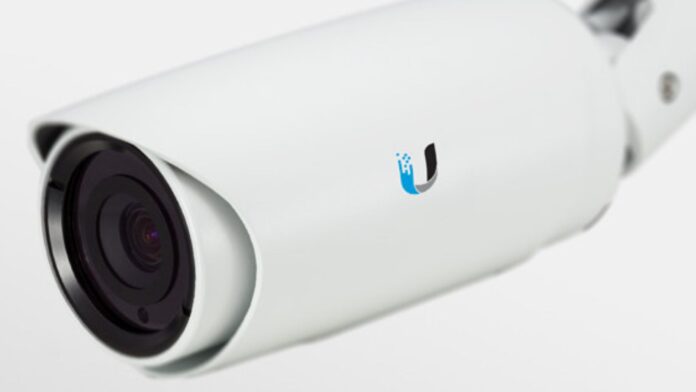A Digital video camera that uses USB Video Class (UVC) protocol transmits data over a USB connection. They are used in embedded vision applications as these cameras gather real-time visual information about the people and the environment. Security systems, robotic visions, medical equipment, and augmented reality are just a few of the uses for UVC cameras.
The ease of setup and operation of UVC cameras is one of their main advantages. Additionally, UVC cameras have decent image quality and are reasonably priced. To help you decide if UVC cameras are the best option for your needs, we’ll look at everything you need to know about them in this article.
How Do UVC Cameras Work?
UVC cameras work by capturing light and converting it into digital data. The digital data is then transferred via the USB connection to a computer or other device where it can be displayed, stored, or processed.
The image sensor in a UVC camera is typically a charge-coupled device (CCD) or a complementary metal-oxide-semiconductor (CMOS) sensor. These sensors are sensitive to light and generate an electrical signal when exposed to light. The electrical signal is then converted into digital data that can be transferred via the USB connection.
What Are the Benefits Of Using A UVC Camera?
There are several benefits of using a UVC camera:
- They are easy to set up and use – all you need is a USB port and a compatible software program.
- They offer good image quality – CCD and CMOS sensors provide high-quality images.
- They are relatively inexpensive – UVC cameras are typically less expensive than other types of digital cameras.
- They are versatile – UVC cameras can be used for a variety of tasks including security, videoconferencing, streaming, and more.
Applications Of UVC Cameras
UVC cameras come in a variety of shapes and sizes. The most common type of UVC camera is the webcam, which is used for videoconferencing, streaming, and other computer-related tasks.
Other types of UVC cameras include those used in security systems, medical devices, and industrial equipment. Security cameras often use infrared LEDs to provide night vision. Medical cameras are used for procedures such as endoscopy and laparoscopy. Industrial cameras are used for tasks such as inspections and quality control.
How Do You Choose A UVC Camera?
When choosing a UVC camera, there are several factors you should consider: Resolution – Resolution is the number of pixels in an image captured by the camera sensor. The higher the resolution, the sharper the image will be. Frame rate – Frame rate is the number of images captured by the camera per second and is typically expressed in frames per second (fps). The higher the frame rate, the smoother the video will be. Low-light performance – Low-light performance refers to how well the camera performs in low-light conditions such as dimly lit rooms or at night. Image sensor – As mentioned earlier, most UVC cameras use either CCD or CMOS sensors. CMOS sensors tend to be less expensive but may not provide as high-quality images as CCD sensors. Choose the sensor type based on your budget and needs.”
Conclusion
Cameras play a crucial role in many applications and these UVC cameras make it easier to connect and transmit videos and other data from the camera devices over a USB connection to the supported devices such as laptops, tablets smartphones, and many other. UVC cameras offer many benefits including ease of use, good image quality, versatility, and affordability. When choosing a UVC camera, consider factors such as resolution, frame rate, low-light performance, and image sensor type.




